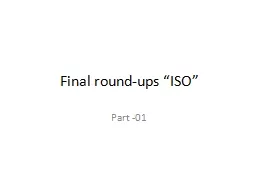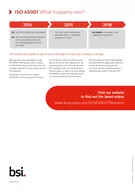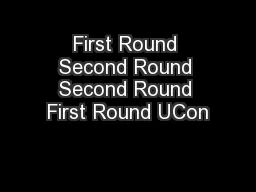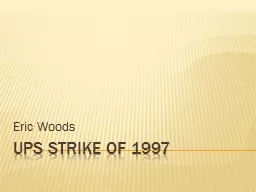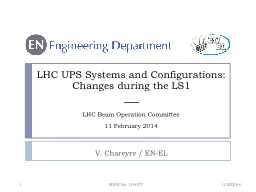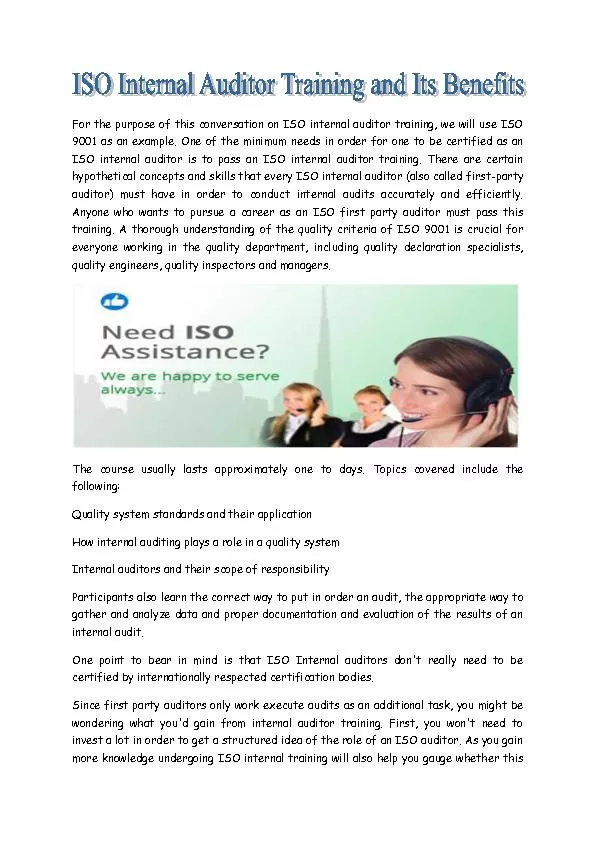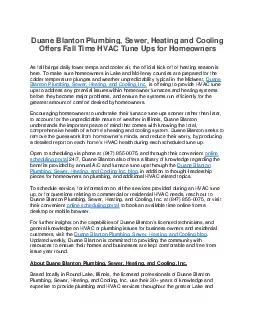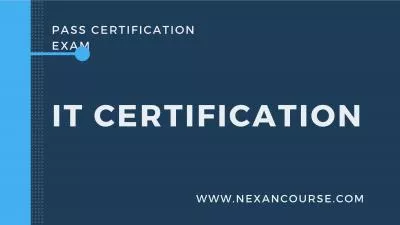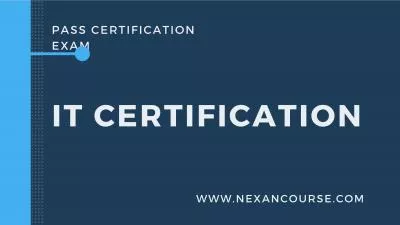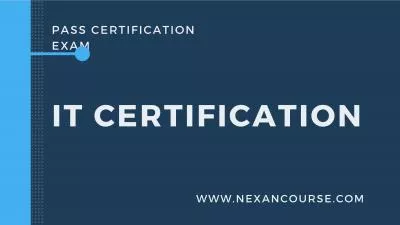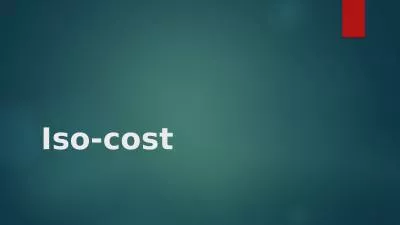PPT-Final round-ups “ISO”
Author : briana-ranney | Published Date : 2016-05-29
Part 01 Modern companies are using IS or IS tranforming modern business you must read this part in the New reference book page 35 IS or IT changes the structure
Presentation Embed Code
Download Presentation
Download Presentation The PPT/PDF document "Final round-ups “ISO”" is the property of its rightful owner. Permission is granted to download and print the materials on this website for personal, non-commercial use only, and to display it on your personal computer provided you do not modify the materials and that you retain all copyright notices contained in the materials. By downloading content from our website, you accept the terms of this agreement.
Final round-ups “ISO”: Transcript
Download Rules Of Document
"Final round-ups “ISO”"The content belongs to its owner. You may download and print it for personal use, without modification, and keep all copyright notices. By downloading, you agree to these terms.
Related Documents

